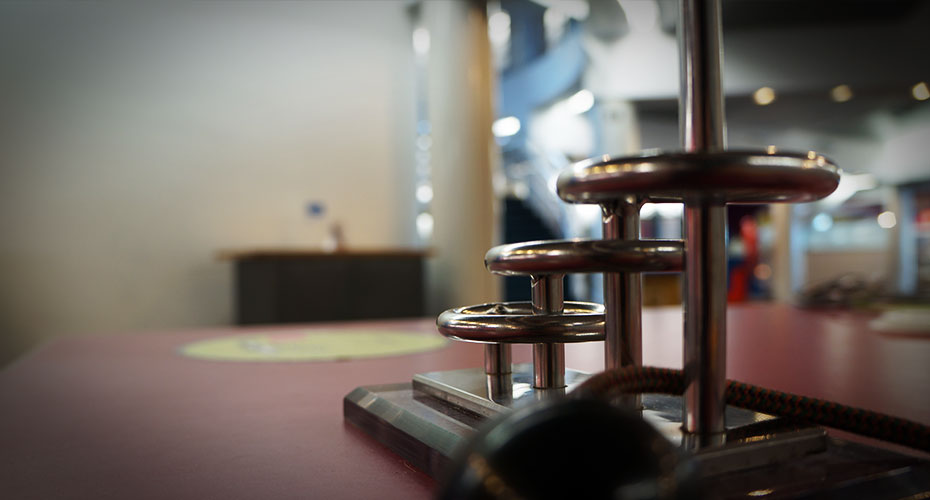Shoeprints can be analyzed to determine the suspects’ type, size, and brand of shoe, as well as individual characteristics such as wear patterns (patterns that form on a shoe, depending on how the wearer walks) or specific damage (nicks and cuts, etc.)
2D impressions of shoeprints (like a dirty footprint on the floor) can be lifted using techniques similar to fingerprinting. (See activities Fingerprint Fun and Fingerprint Fuming for more details).
3D impressions of shoeprints (like tire tracks and shoe prints) discovered in soft surfaces like dirt, sand and mud are preserved by photographs and casting. Without cleaning the cast or brushing anything off it, detectives put the cast into a cardboard box or paper bag and transport it to the lab, where it can be further examined for trace evidence such as soil, tar or other materials that might reveal where the suspect has been.
Premise: Footprints in the Garden
From the deep footprints found in the garden bed, it appears that the perpetrator escaped by jumping from the second floor bedroom into the garden. The soil had been disturbed, and the police were able to photograph and make an impression mould (casting) of the footprint. The impression was later bagged and sent to the lab, where no pieces of trace evidence were found. The print evidence would have to be compared to suspect’s shoes.

